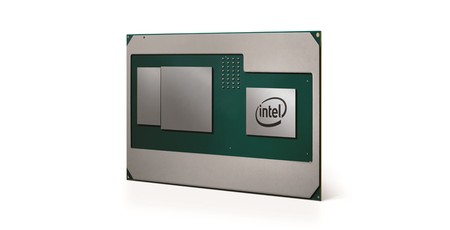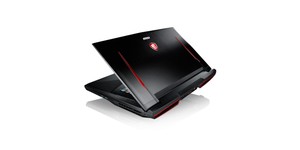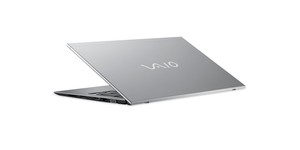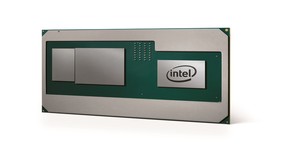Following more than a year of rumours Intel has finally confirmed it is joining forces with long-time rival AMD to integrate the company's graphics processors into Intel parts, beginning with 8th-Generation Intel Core parts for high-performance laptops.
Intel and AMD have a long and storied history. Following Intel's founding by former Fairchild Semiconductor staff in 1968 and its creation of the first commercial microprocessor in 1971, AMD has been hot on its heels. Founded in 1969 by, surprise-surprise, former Fairchild Semiconductor staff, the company's earliest successes came from reverse-engineering Intel parts: its 1975 Am9080 microprocessor was a clone of the Intel 8080, and in 1981 the two companies agreed a ten-year technology exchange agreement which would allow either to act as a second source for its rivals parts - including x86 processors. The explosion of the personal computer market, following the release of IBM's PC and its multitudinous clones, made x86 the flavour of the day, and since then the two companies have been fighting for market share in both warehouses and courtrooms.
This week's deal between Intel and AMD isn't about x86 technology, however, but graphics technology acquired by AMD when it purchased ATI Technologies in 2006. With Intel's own graphics experiments having failed to bear fruit - 2007's Larrabee experiments having been cancelled just two years later, though living on spiritually in the company's Many Integrated Cores (MIC) platform - Intel is turning to its rival to boost the performance of its parts, beginning by adding AMD graphics technology to Intel's mobile processors.
'Our collaboration with Intel expands the installed base for AMD Radeon GPUs and brings to market a differentiated solution for high-performance graphics,' claims Scott Herkelman, vice president and general manager of the AMD Radeon Technologies Group. 'Together we are offering gamers and content creators the opportunity to have a thinner-and-lighter PC capable of delivering discrete performance-tier graphics experiences in AAA games and content creation applications. This new semi-custom GPU puts the performance and capabilities of Radeon graphics into the hands of an expanded set of enthusiasts who want the best visual experience possible.'
Unlike Intel's own embedded graphics products the Radeon graphics processor isn't integrated into the Intel central processor die. Instead, the CPU die and the GPU die sit side-by-side in a single package, connected by Intel's Embedded Multi-die Interconnect Bridge (EMIB) - the first consumer outing for the technology. A third die adds dedicated graphics memory in the form of a chunk of High Bandwidth Memory 2 (HBM2), and in total the combined package takes up a claimed half the footprint of the traditional CPU and discrete GPU found in high-end laptops.
Intel has not yet indicated when the first systems built around the parts will enter the market.

MSI MPG Velox 100R Chassis Review
October 14 2021 | 15:04









Want to comment? Please log in.